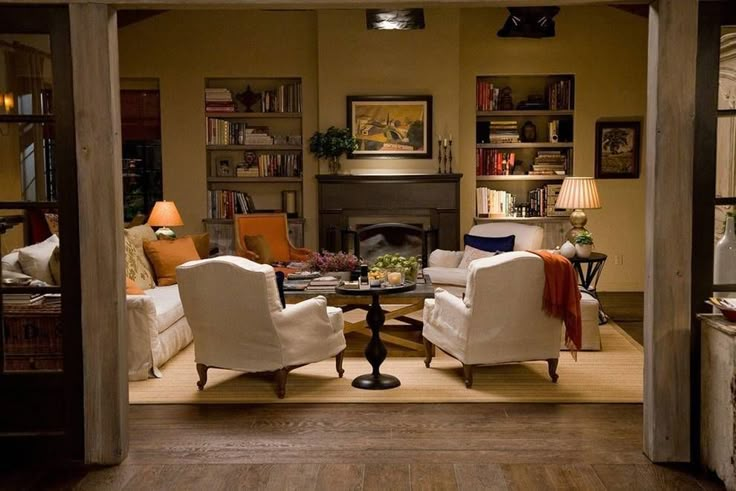
Lived-In Styling and the Return of Generational Homewares
There are film directors whose sets fade from memory once the credits roll. Nancy Meyers isn't one of them. Her kitchens, in particular, have achieved cult status: sprawling islands, sunlit windows, cookware left within reach, bowls of lemons that appear too effortlessly placed to be accidental.
These spaces are characters in their own right, layered with the suggestion of meals cooked, and lives fully lived.
A Cinematic Ideal That Became a Design Language
The “Nancy Meyers effect” has moved from Hollywood sound stages into design vocabulary. It refers to interiors that signal comfort and familiarity without sacrificing beauty. Rooms are carefully composed, but they avoid the over-styled perfection that dominates many contemporary show homes. Instead, there is a looseness, a sense of time having passed and left behind subtle traces: stacked enamelware on a shelf, linens slightly softened with age, timber that carries the marks of everyday use.
Why Lived-In Styling Resonates Now
Our current appetite for these interiors can be traced to broader cultural shifts. After years of minimalism promising serenity but delivering sterility, people want warmth. Homes that appear untouched feel unconvincing. What we want instead is evidence of presence: patina of objects handled daily and the familiarity of inherited furniture mixed with the contemporary.
This aesthetic aligns with changing values. A lived-in home suggests continuity, memory, and belonging. It tells a story that is neither overly polished nor disposable.
Generational Homewares as a Cultural Marker
The design choices underpinning the Meyers effect also illuminate why generational homeware purchases are returning. Millennials and Gen X buyers, once accustomed to fast furniture and seasonal trends, are increasingly looking for permanence. An enamel baking tray that survives decades of use feels like an investment. A timber table chosen with care has the potential to outlast its owners, gathering history with each meal shared around it.
Several forces are at play here. Sustainability encourages choosing once, and choosing well. Economics favour spending more on the durable rather than replacing the flimsy. Psychologically, people crave objects that root them in a longer narrative than their own lifespan. Heirloom homewares meet all of these needs while also appealing aesthetically. They resist fashion’s churn, offering timelessness instead.
The Kitchen as Theatre
Nowhere is this shift clearer than in the kitchen. Meyers’ sets remind us that kitchens are the stage upon which family life unfolds. They are where confessions are made, tensions released, and rituals established. In real homes, this truth persists. Which explains why investments in cookware, bakeware, and serveware have surged.
Pieces that move from oven to table with ease, enamel trays, cast-iron pots, linen runners, they all embody this ethos. They perform their function, but they also remain visible, part of the theatre of everyday life.
Practical Ways to Translate the Aesthetic
- Choose natural materials with tactility: wood, linen, enamel, and stone.
- Let functional items stay in sight; a well-made chopping board or enamel dish enriches a space visually.
- Allow for imperfection. A slightly uneven glaze or worn finish communicates authenticity.
- Balance inheritance and purchase: blend antiques or family pieces with new, enduring acquisitions.
FAQ
What is the Nancy Meyers effect in design?
It is the style of interiors that feel warm, layered, and lived-in, popularised by Nancy Meyers’ film sets.
How do you make a home feel lived-in?
Combine natural textures, allow useful objects to remain visible, and avoid rigid perfectionism.
Why are younger generations investing in heirloom homewares?
Because they provide sustainability, long-term value, and emotional continuity, while avoiding the waste of trend-driven purchases.
Which items qualify as generational purchases?
Durable pieces such as enamel bakeware, cast-iron cookware, solid timber furniture, linen textiles, and glass storage jars.
The Meyers aesthetic reminds us that a home does not have to be flawless to be beautiful. In fact, beauty often lies in the quiet accumulation of use. Generational homewares carry that same philosophy. They are not only functional tools but cultural anchors, tying one household to another over time.
At The Dairy, we see these objects as the means by which ordinary life becomes a story worth keeping.
